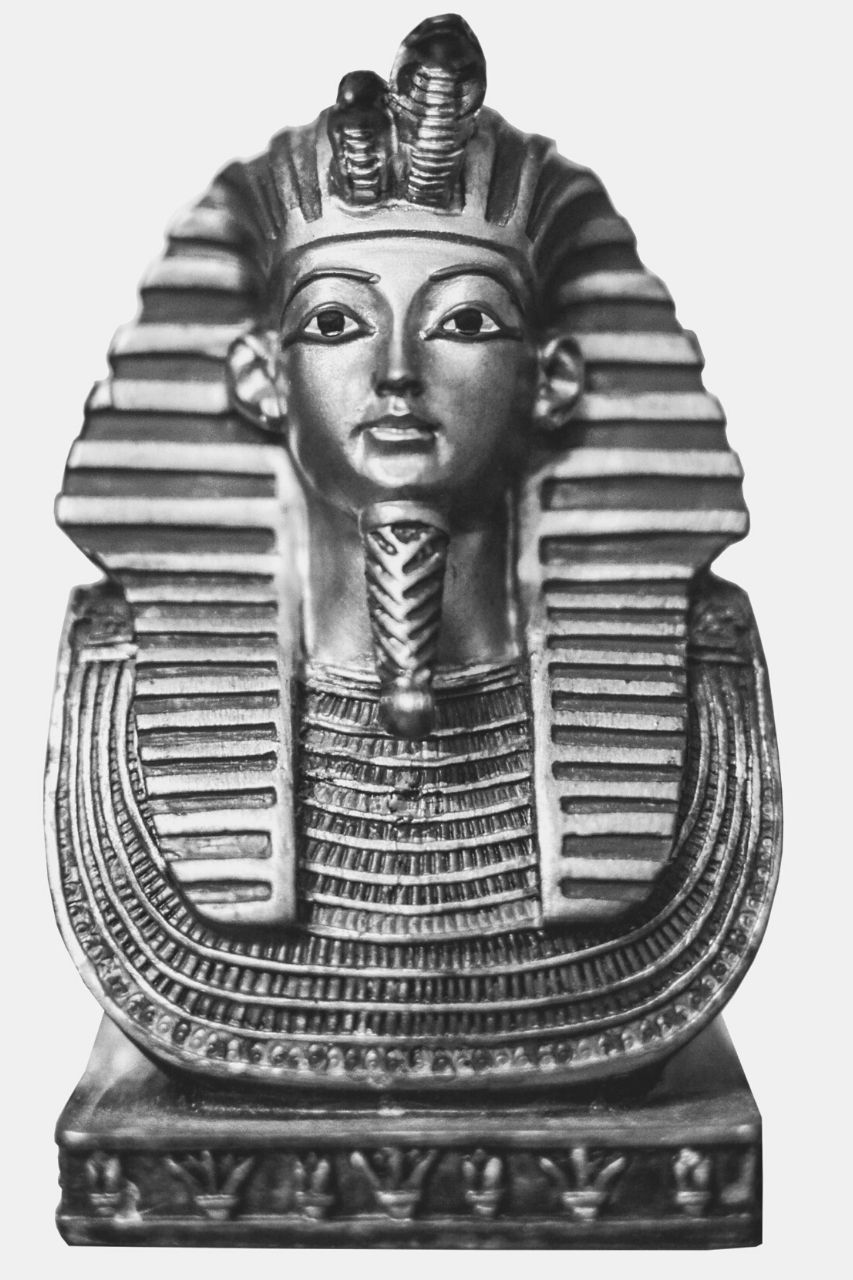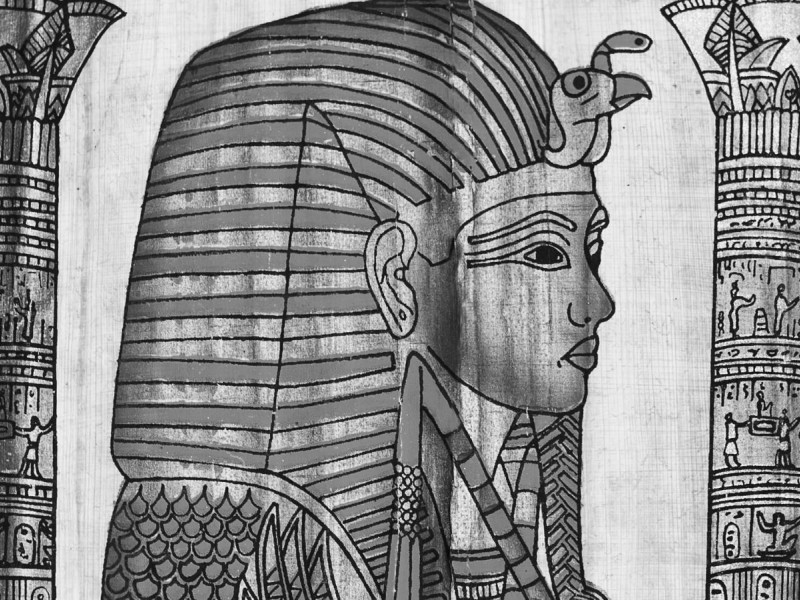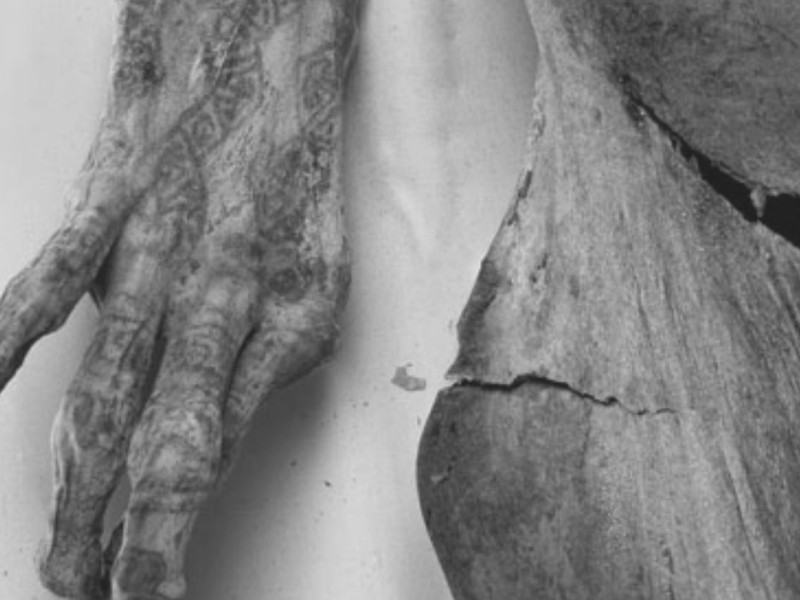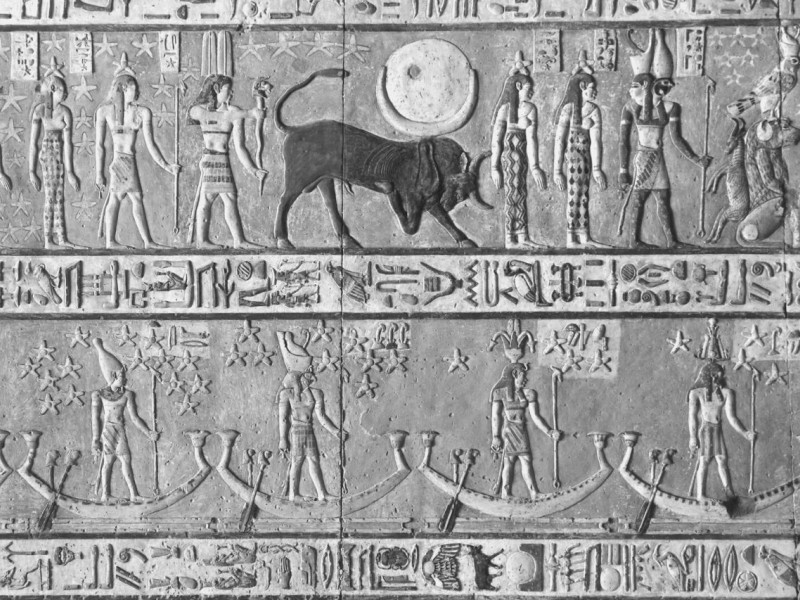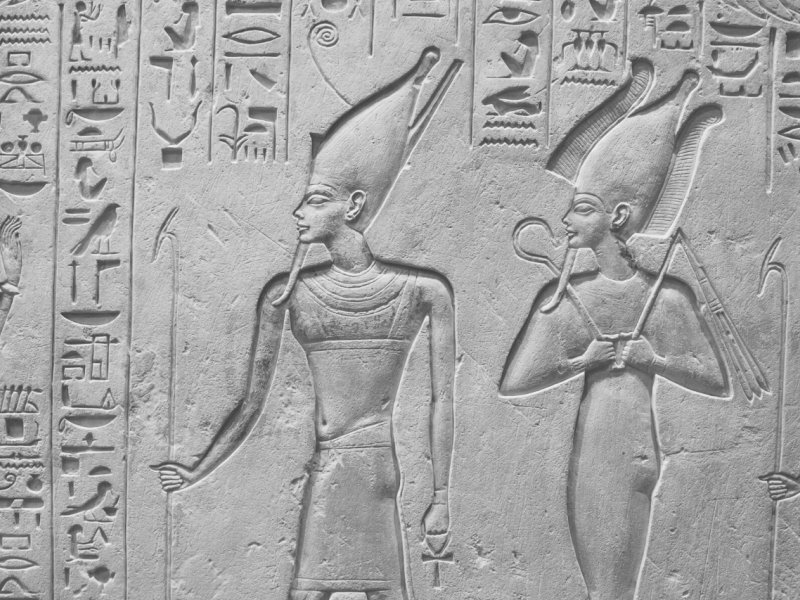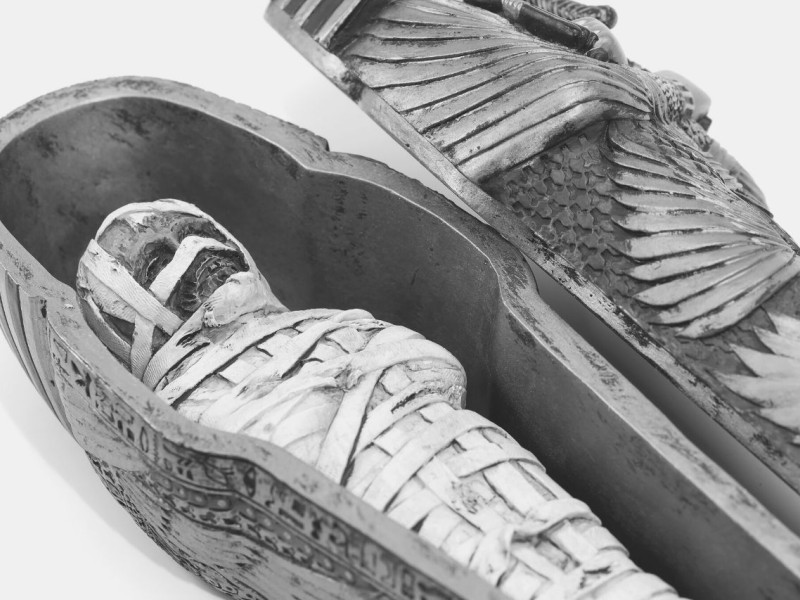Ancient Egyptian Makeup: Beauty Rituals in the Land of Pharaohs
Thousands of years before the birth of the modern fashion industry, ancient Egyptian makeup and beauty rituals shaped the art and culture of one of the world’s oldest civilizations.
Ancient Egyptian fashion continues to be an inspiration to people today, more than 2000 years after the downfall of Queen Cleopatra, Egypt’s most popular fashion icon. The Egyptians were the first people to use cosmetic products not only to appear beautiful but for health and religious reasons as well.
Although both sexes wore makeup, women employed more elaborate makeup techniques and used a wide variety of cosmetic products. We will travel thousands of years back in time to explore the fascinating world of ancient Egyptian makeup and beauty products.
Beauty Matters: The Birth of Ancient Egyptian Fashion
Just like to us today, it was important to ancient Egyptians to look well. As early as 4000 BCE, Egyptians used natural materials to design makeup and other cosmetic products. Vanity was not their only motivation. Unlike today, there was a practical reason behind wearing makeup, namely, to protect one’s skin from Egypt’s harsh sun.
Both men and women lined their eyes to protect themselves from bright sunlight. To this effect, they used the substance known as kohl (or galena) to draw thick black lines around the eyes. Kohl helped reflect sunlight away from the eyes, and it gave them a distinct almond shape. Egyptians also applied it to eyebrows and eyelashes to achieve a luxurious effect.
Why Did Ancient Egyptians Wear Makeup?
Aside from health reasons (protecting their skin from the sun), Ancient Egyptians wore makeup as a status symbol to emulate the gods and ward off evil. Using makeup and other cosmetic products was more than a beauty ritual for the ancient Egyptians. To them, wearing makeup was another way to honor the gods but also invoke their protection from diseases that were rampant in tropical marshy areas such as the Nile Valley.
Makeup as a Form of Preventive Medicine
Thanks to the archeologists who have discovered makeup containers in ancient tombs, scientists have been able to analyze samples, many of which are now kept in the Louvre Museum in Paris, France.
They concluded that Egyptians used lead-based substances in their makeup. These substances boosted the production of nitric oxide that serves as a signaling agent, and helps the immune system fight disease. The Egyptians lined their eyes to help their body resist bacterial infections.
Different Types of Makeup Used in Ancient Egypt
Ancient Egyptian make up can be broadly divided into four categories. These include:
Black makeup made of carbon, lead sulfide, and manganese oxide and used as an eye makeup
Green makeup that was commonly made from malachite, a copper ore
Red makeup for lips and cheeks made from a mixture of red ochre and water
Henna used for dying fingernails, hair care, making hand tattoos, and staining fingertips and toes
Both black and green were used as Egyptian eyeshadow to create a stunning impression and emphasize the beauty of the wearer. Higher class Egyptians had access to higher quality makeup and had at their disposal various other cosmetic products used to enhance their beauty.
Everyone Had Access to Makeup
Even lower-class Egyptians could afford makeup. Eye makeup, for example, was applied using ivory, wood, or metal sticks. Those higher on the social ladder had elaborate cosmetic boxes that were discovered in tombs of noblemen, priests, and kings. These containers were often made of ivory and were intricately carved and bejeweled. Poor people had to satisfy themselves with simple clay pots and sticks.
The Mysterious Land of Punt: Egypt’s Source of Luxury Products
Trade was vital for obtaining resources that the Egyptians lacked, for extending Egypt’s cultural influence beyond its borders, and for supporting Ancient Egyptian manufacturing. Among Egypt’s most significant trade partners was the so-called Land of Punt, which most scholars assume was located in modern Somalia at the Horn of Africa.
Egypt’s trade with Punt dates back to the Old Kingdom and would continue to flourish until the Late Period. The exchange between Egypt and Punt proved very fruitful, as it enabled the Egyptians to obtain valuable resources such as ebony, gold, aromatic resins, living trees that could not be found in the Nile Valley, as well as wild animals.
Hatshepsut’s Famous Expedition to Punt
The female Pharaoh Hatshepsut embarked on a well-documented expedition to Punt that they likely reached by boat, sailing along the Red Sea coast to what is today Eritrea and Somalia.
The Egyptians brought many treasures from Punt, as evident from the wall reliefs of Hatshepsut’s mortuary temple at Deir el-Bahri. These included elephant tusks, ivory, incense, and spices, among others, as well as cosmetics. It is probable that the Egyptians obtained many rare ingredients used in makeup production through trade with the far-off Punt.
The Mystery of a 3500-Year-Old Perfume Bottle Found in Hatshepsut’s Tomb
Ancient Egyptian pharaohs and noblemen were buried with their earthly possessions that, according to Egyptian religion, would continue to be of use to them in the afterlife. Out of many objects found in the tombs of the pharaohs, a small bottle that appeared to have been used to store the Pharaoh’s perfume puzzled Egyptologists for years, as they have been unable to open it and discover its true purpose.
Perfumes, wigs, and skincare products played an important role in the daily lives of the Egyptians, especially upper-class ones but the small bottle found in Hatshepsut’s tomb posed a mystery until the stopper was finally removed.
Although the liquid the bottle had once contained had long dried up, scientists were able to take samples and analyze them with an endoscope. To their amazement, they discovered the liquid consisted of palm and nutmeg apple oil which they thought was used as a face lotion. It was not until they detected the presence of unsaturated fatty acids and hydrocarbons that it became clear to them the bottle contained a skin lotion.
A Skin Lotion May Have Caused the Pharaoh’s Demise
Egyptologists today believe Hatshepsut suffered from a genetic skin condition and may have used the lotion to ease its effects.
Furthermore, the analysis of her mummy indicated that the Pharaoh likely died of bone cancer that could have been caused by her use of a carcinogenic skin lotion.
How Makeup Affected the Lives of Ancient Egyptians
If you think lipstick is a relatively modern invention, you could not be more wrong. Ancient Egyptians wore lipstick, usually made of red ocher, but other popular colors included orange, magenta, and blue-black. Makeup in ancient Egypt was frequently the means to showcase social status. Pharaohs and nobles wore lip paint as a symbol of taste and sophistication.
The Birth of a Fashion Industry
Beauty in Ancient Egypt played a very important role in the lives of rich and poor Egyptians alike. Rather than being a simple manifestation of vanity, makeup had a religious significance for the Egyptians, who believed that beauty was one of the divine attributes.
The popularity of ancient Egypt cosmetics created a demand for beauty products sold at marketplaces across the country. Poorer Egyptians who could not afford manufactured cosmetics had to make do with their own versions made at home.
Long-Lost Ancient Egyptian Beauty Secrets
Ancient Egypt beauty owes much to the advanced knowledge of chemistry that the Egyptians possessed and jealously guarded for many centuries. Recently, however, Egyptologists and experts from French cosmetics giant L’Oreal tested the contents of ancient Egyptian perfume bottles and cosmetic jars stored in the Louvre with an electron microscope and X-rays.
The most common ingredients used in ancient Egyptian makeup and cosmetics, they found, were galena, cerussite, laurionite, phosgenite, and 7 percent fat, roughly corresponding to the percentage used in the production of eye makeup today.
Pharaohs and Makeup: It Was All About Power
Much like the ordinary Egyptians, pharaohs wore elaborate makeup for both religious and practical reasons. Due to the importance of the pharaoh as the political and spiritual leader of his people, the clothes and makeup he wore were of paramount importance for showcasing his power and impressing his subjects. Egyptian pharaoh makeup from Khufu to Cleopatra had been used to emphasize the monarch’s semi-divine status and link with the gods.
Conclusion
Egyptians wore makeup for several reasons. Some of the most important include:
The need to protect their eyes and skin from sun rays and dust and prevent infections
Emulate the gods by appearing beautiful
To showcase their wealth and social status
The use of makeup and cosmetics in Ancient Egypt had a far deeper meaning than it does today. Not only did the Egyptians wear makeup to protect their eyes and skin from the effects of harsh desert climate, but also for religious and magical purposes. Ancient Egyptian makeup is another striking proof of how advanced Egyptian civilization was.

